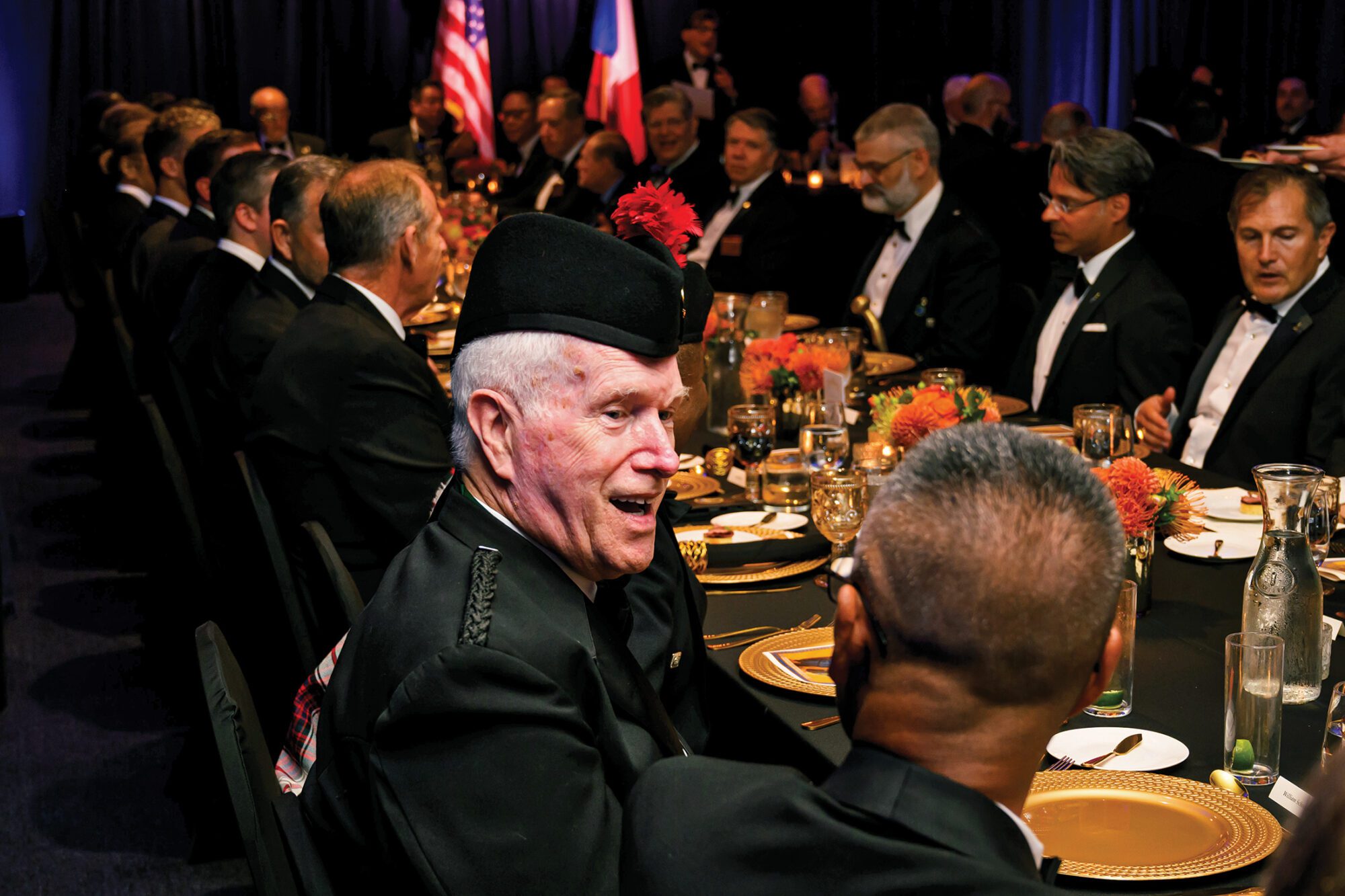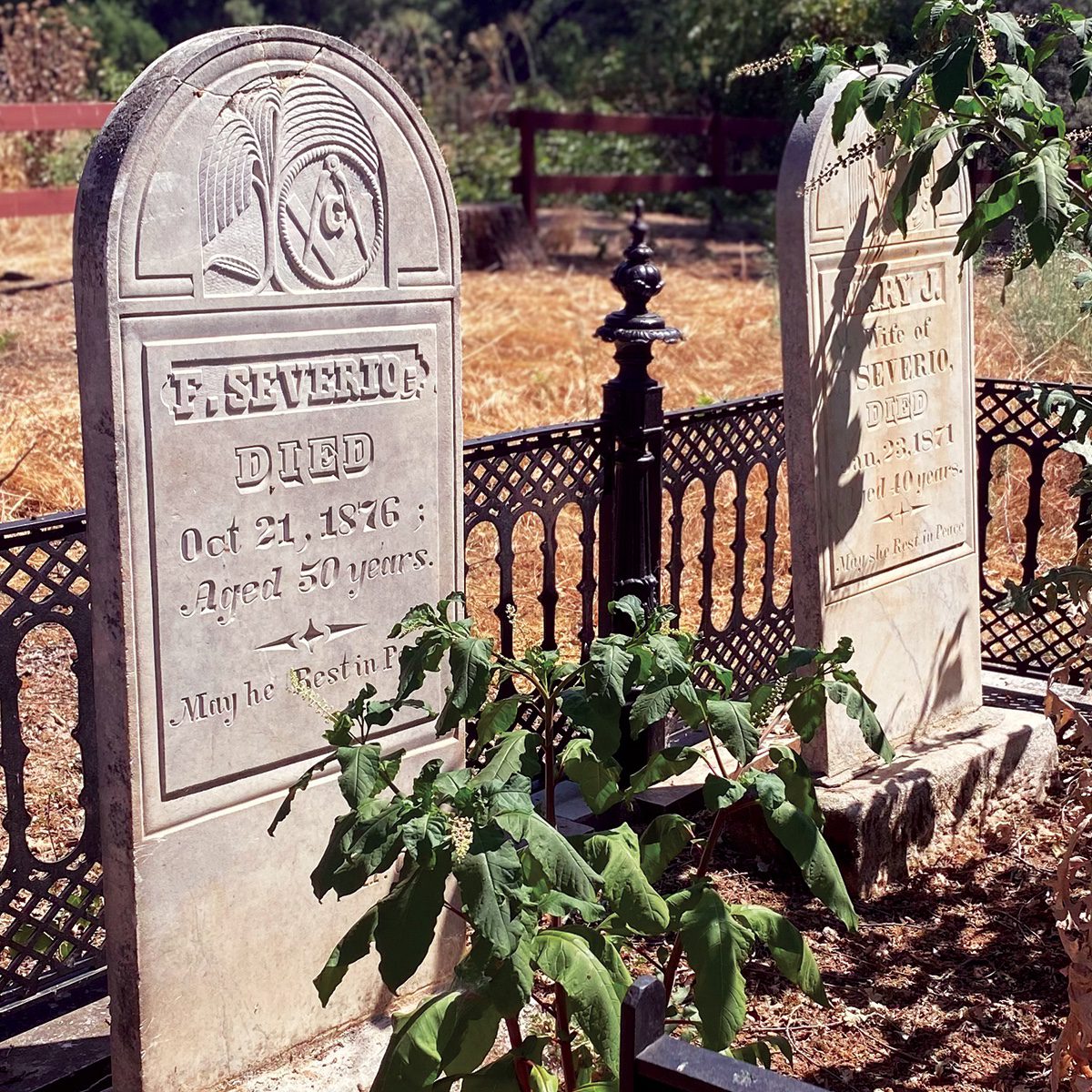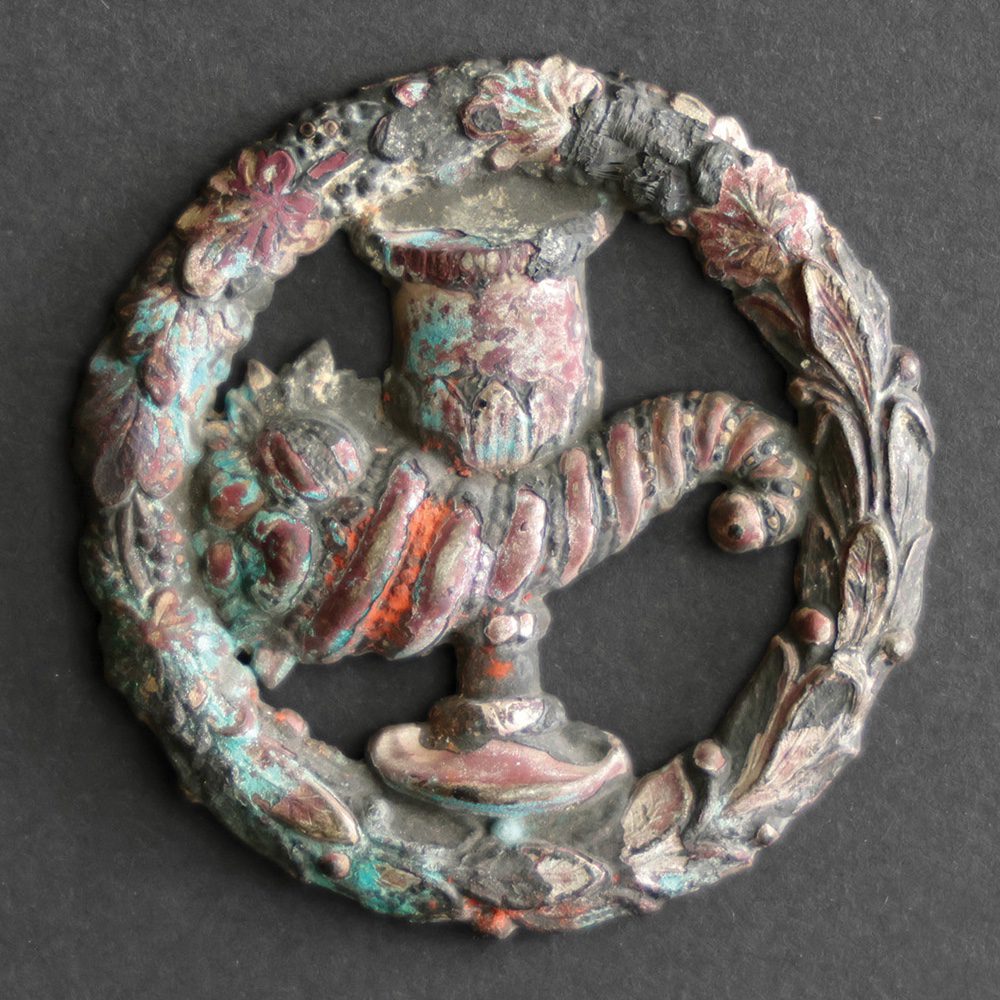
Wayfinding Your Roots
Mapping San Francisco’s historic—and current—Masonic meeting places.
Every time David Chemla-Vogel takes his seat in the east of La Parfaite Union №17, he feels the weight of history, the responsibility of shepherding a 173-year-old tradition forward. “I’m bringing this lodge into the future, not just the present,” he says. “What I do will keep this lodge going.”
La Parfaite Union, chartered in San Francisco in 1852 as the state’s first French-speaking Masonic lodge, is certainly an important historic relic. And yet, as Chemla-Vogel says, it’s not simply a monument to the past. Rather, it’s a tradition that’s kept alive by adapt-ing to the times.
That push-pull between history and tradition on one hand, and innovation on the other, is and has always been a hallmark of the lodge. Even its origin story contains a seminar’s worth of history on the French immigrant experience in San Francisco—not to mention on 19th-century Masonic schisms and continental high-degree Masonry.
At the time of its founding, in 1852, French immi-grants made up one of the largest ethnic groups in Gold Rush San Francisco, second only to Germans. Much of North Beach, and later Noe Valley, were French neighborhoods. The French dominated the laundry business, wine importing, and gambling at the Barbary Coast casinos. Groups like the French Mutual Benevolent Society and Alliance Française provided relief and support to the city’s Gallic popu-lation, helping earn San Francisco the nickname the Paris of the Pacific.
Despite that considerable influence on the city, the “French Lodge” of San Francisco was largely derived rom members of another French-speaking locale: Louisiana. There, several different Masonic groups, practicing in multiple languages and with numerous rites, regularly (and often rancorously) competed with one another. Amidst one such split, in the mid-19th century, the first two masters of La Parfaite Union № 17—Hubert Kidel and Lucien Hermann, both high-ranking figures in the Grand Lodge of Louisiana—resettled in San Francisco and formed their new lodge.

Over the years, La Parfaite Union served as a beacon for French-speaking immigrants in San Francisco, not all of them from France. Perhaps the lodge’s most notable member was Domenico Ghirardelli, whose chocolate empire is still located near Fort Mason. (Ghirardelli was Italian by way of Peru; it was likely his business partner, the French-born Auguste Girard, who brought him into the lodge.)
That international flavor was an important part of the lodge’s early years, and it’s still reflected in its unique first degree. Unlike other California lodges, which use the Preston-Webb Masonic ritual, La Parfaite Union received special authority in the 19th century to practice its own French degree, which is based more closely on the Ancient York Rite form. Whereas the California rite tends to emphasize the third, or Master Mason, degree, La Parfaite Union’s first degree is the real showstopper, clocking in at more than three hours long.
“Masonry is something very personal, very intellectual,” says Georges Vieux, a past master of the lodge and its current prospect manager. “It’s better to practice Masonry in your mother language, because what you are learning in Masonry is an interaction with the language.”
There’s also the cultural component: Vieux, who is a board member of the Alliance Française and has been involved in the city’s Bastille Day celebration, says the lodge is a way to preserve and promote French cultural heritage in the city. In fact, Vieux is practically a living archive of lodge history. He and fellow member Sebastien Taveau wrote a 30-page paper on the history of French Masonry in California and the origins of their rite which they presented in 2019 to the International Conference of Masonic Research in Bordeaux, France.
That paper was only the beginning, Vieux says. Now he has the responsibility to keep the story going. “For me, it’s never finished,” he says. “It’s never-ending and I continue to be passionate about the his-tory of this lodge. We continue to talk about French Masonry in the United States. That was the end of the paper, but not the end of the history.”

Mapping San Francisco’s historic—and current—Masonic meeting places.

Researchers hope to uncover local history within the small Gold Rush-era Jamestown Masonic Cemetery.

Masonic remains from the 1906 earthquake recall San Francisco’s darkest days—and its rebirth.